Google Nexus 6 vs Samsung Galaxy Note 4
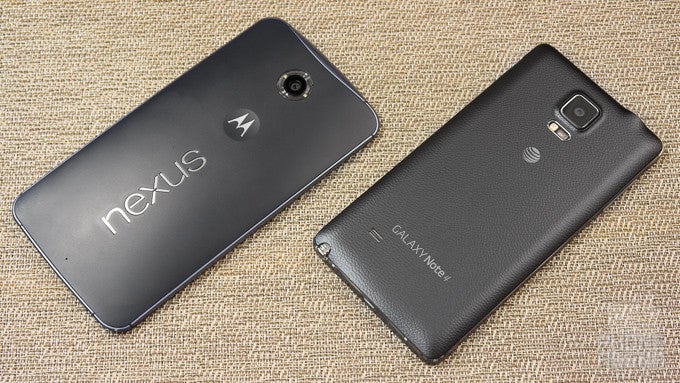
Introduction
Big phones are big business, that’s certainly true by just peaking at what’s out on the market right now. These so-called phablets have perched in that spot in between smartphones and tablets, as they offer a few tablet-like qualities in a package that’s still reasonable to carry around in our pockets. No doubt a phablet of sorts, due to its immense size, the Google Nexus 6 is the newest entrant in the space – one that naturally showcases the most up-to-date experience in Android 5.0 Lollipop. Needless to say, that one particular notion is enticing on its own, but it’s going to need more than just that to knock off the Samsung Galaxy Note 4 from its pedestal of being THE phablet to own at the moment.
Design
They’re a handful, that’s for sure. The Nexus 6 has a pretty solid construction, but the Note 4 has its own enticing assets.
Okay, so we know that we’re dealing with big phones here, as one-handed operation can prove to be cumbersome for those with smaller hands, but between them, the Nexus 6 is more of a handful to operate – just because it’s wider, taller, thicker, and heavier. Visually, though, it’s tough to say which of the two sports the better design, seeing that they both have their unique qualities . We’ll give the Nexus 6 the slight advantage when it comes to having a sturdier construction, but we also dig the Note 4’s design.
That 'more is better' mentality is well alive with the Samsung Galaxy Note 4, which can be regarded as a good or bad thing depending on who you talk to, but either way, its arsenal of amenities give it a versatile punch over the Nexus 6. In particular it features an IR blaster, finger print sensor, removable battery, and a microSD card slot. Those are things that the Nexus 6 doesn't offer.
Display
Don’t worry, their quad-HD screens pack a whole lot of detail. Still, the Note 4’s AMOLED screen boasts better qualities that make it more usable.Big phones carry big displays, and in the case of these two, their massive diagonals are also complemented with extreme resolutions to make them future-proof. Specifically, the Nexus 6 features a 5.96-inch 1440 x 2560 AMOLED display – while the Note 4 chimes in with a 5.7-inch 1440 x 2560 Super AMOLED panel. Sure, there’s a slight advantage on paper with the Note 4’s display when it relates to details, but in all seriousness, it’s really tough to distinguish that as we look at the two screens from the same, normal viewing distance. There's more than enough pixels on both displays!
While they are pretty evenly matched in the size and resolution departments, there are some differences that we need to mention. First off, the Note 4 manages to be the brighter screen with its measured maximum brightness of about 468 nits. Unfortunately, the Nexus 6's display maxes out at about 270 nits, which is fairly low. Despite that, both AMOLED panels are capable of displaying ultra vibrant and punchy visuals. However, the Note 4 features an alternative screen mode that allows it to switch to a more toned-down, natural-looking image, which is always a good thing to have. Still, we have to acknowledge that the Nexus 6's panel does exhibit a very nice and realistic color balance, which isn't something the Note 4 can totally claim, due to its slight yellowish tint.
Interface and Functionality
Android 5.0 Lollipop in the Nexus 6 is that step forward for Google, but don’t count out TouchWiz and its many phablet-like features.
Yes, we certainly know that they’re both Android phones, but in looking at their respective experiences, there’s barely any resemblance between the two. That’s because the Nexus 6 is running the most up-to-date version of the platform, Android 5.0 Lollipop, which benefits from having a cleaner presentation and an arsenal of new features that haven’t been otherwise seen before. Conversely, the Galaxy Note 4 is running Sammy’s TouchWiz UI on top of Android 4.4.4 KitKat. Even though it’s technically an older build of Android, the customization that Samsung has done also enhances the experience appropriately for a phablet.
Before we get into how their particular software features enhance the Android experience, let’s first place our attention on their visuals. Without a doubt, stock Lollipop sports a better layout and presentation than TouchWiz – thanks in part to the bold colors, natural motion, new typography, and other new elements that accompany its Material Design. Meanwhile, TouchWiz’s design has evolved a little bit from its cartoonish looking beginnings, but it’s still in need of a modern touch to catch our attention.
Where TouchWiz lacks in the visual department, it undeniably makes it up in its supreme set of software features. Don’t get us wrong, Lollipop introduces several new elements on the Nexus 6 that elevates the overall Android experience to a higher level, like having support for multiple users, prioritizing notifications, and pinning apps, but TouchWiz running on the Galaxy Note 4 offers features that are more practical for a phablet. For example, we have some additional multi-tasking capabilities with its Multi Windows feature, a nifty S Note app that makes good use of the S Pen, and a handy one-handed mode.
Processor and Memory
They’re powered by the same processor, but there’s more of that snappy feel with the Nexus 6.
Speed demons, that's what these two are with their performances. Interestingly enough, they're powered by the same chipset – a quad-core 2.7GHz Qualcomm Snapdragon 805 SoC, accompanied with 3GB of RAM and the Adreno 420 GPU. You'd think that they exhibit the same level of finesse with similar, basic operations, but they don't. Sure, they're mostly responsive for the most part, but there's more of that snappy feel with the Nexus 6 when it comes to navigating around the UI.
At the bare minimum, the two prized stallions are stuffed with a spacious 32GB of internal storage, but the Note 4 benefits from having a microSD card slot to supplement its capacity.
Internet and Connectivity
Due to their generous screen sizes, there's no denying that they're meant for surfing the web in full fidelity. Of course, the performance between the two are top notch – thanks in part to their LTE connections, quick page rendering, and buttery navigational controls. However, the Note 4 provides us with that desktop-like qualify with its S Pen stylus. Essentially, it functions similarly to a mouse – where it can be used to hover over certain elements.
Both handsets are available in an assortment of configurations; both GSM and CDMA. On top of that, they offer support for a variety of LTE bands – while also laying claim to the nearly the same set of connectivity features. They include aGPS, Bluetooth 4.1, dual-band 802.11 a/b/g/n/ac Wi-Fi, and NFC. We have to point out, however, that the Note 4 also packs along an IR blaster, which doubles it as a universal remote.
Camera
It’s a solid effort for the Nexus 6’s 13-megapixel camera, but the Note 4 comes packaged with cooler shooting modes and a superior performance.
Google’s direction with the stock Google Camera app in the Nexus 6 is quite clear, it’s simple and straight to the point. In fact, it only lays claim to a few shooting modes – and no manual controls whatsoever. In contrast, the Galaxy Note 4 takes a totally different approach, since it’s filled to the brim with all the controls and shooting modes to give the user complete control in how a shot is compiled.
Looking on paper, one wouldn’t think there’s a huge disparity between their camera gear, seeing that there is a 13-megapixel camera in the Nexus 6, and a 16-megapixel snapper in the Note 4. As we’ve come to know, numbers have no bearing on the actual outcome. In all fairness, the two smartphones here capture some pretty sharp looking photos, but the Galaxy Note 4 produces better, more favorable results. Specifically, there’s more detail in its shot and it so happens to also cast a neutral exposure – whereas the Nexus 6’s shots have a hint of over-exposure. Under low light, there’s just no comparing the two, as the Note 4 is simply better, as photos are generally brighter in tone, which in turn exposes more detail.
Additionally, we’re thrilled to know that UHD 4K video recording is available with both smartphones, but yet again, it’s the Note 4’s quality that impresses us. Details are more than abundant with the two, which makes their digital zooms very useful, however, the Note 4’s composition is slightly more appealing. The Nexus 6 records some sweet videos, too, but it’s more finicky with its continuous auto-focus.
Multimedia
With their big screens, they’re ideal for things like watching videos – albeit, we really appreciate the front-firing dual speakers of the Nexus 6.
Being a Samsung product, the Note 4 complements the usual Google Play Music app with its very own TouchWiz music player – whereas, with the Nexus 6, we’re only presented with the Google Play Music app. Between them, we can’t stress enough about how we appreciate the dual front-firing speakers of the Nexus 6, which emits a potent 75dB of power. However, don’t count out the Galaxy Note 4’s single speaker because its output is louder at an impressive 85 dB – though, it’s a bit thin with its tone.
Watching videos, naturally, is a joy when we’re given phones with humungous displays – they’re just ideal for the occasion. Of course, the Nexus 6 and Galaxy Note 4 cater perfectly with their quad-HD screens, but we find the Note 4’s multi-tasking element to be the sole differentiator. Honestly, it’s a handy tool when we’re itching to do something else.
Call Quality
Phone calls just sound better on the Note 4.
There are just more pleasing qualities with the Note 4’s call quality, ultimately making it the preferred device for phone calls. In our experience, voices in general have a clear and distinct tone to them on both ends of the line with the Note 4. On the flip side, the Nexus 6 exhibits some static through the earpiece – plus, its speakerphone has a squeaky tone to it.
Battery
Armed with 3220 mAh batteries, the Galaxy Note 4 impressively edges out the Nexus 6.
There are few commonalities between the hardware of the two phones here, but interestingly enough, they bear the same battery capacity of 3200 mAh. In our real world experience, they’re able to power us through a solid 8-hour work shift with heavy usage – and in most cases, a solid one-day with normal usage.
Under the standardized conditions of our own battery benchmark test, the Galaxy Note 4 proves that it’s longer lasting than the Nexus 6. To be more exact, it achieves a mark of 8 hours and 43 minutes, which is better than the 7 hours and 53 minutes mark of the Nexus 6. We should point out, however, is that the Nexus 6 includes built-in wireless charging – whereas with the Note 4, you’re required to purchase another rear casing for the feature.
Conclusion
Paying attention to their prices, it’s plainly obvious that there’s considerable savings with the Nexus 6. In the US, Google’s prized smartphone can be snagged for the outright cost of $649, which is easier to swallow than the over-$720 cost of the Samsung Galaxy Note 4 – and that’s Sprint’s price, which is the cheapest amongst the major carriers.
Undeniably, there’s a lot to like with these two smartphones, seeing that they’re outfitted with delicious hardware that makes them class-leading and future proof in several ways. The Samsung Galaxy Note 4, we have to say, has the upper hand in a bunch of categories, such as taking photos/videos, battery life, call quality, and the sheer amount of features baked in. Still, the Nexus 6 is absolutely not to be overlooked, because it does have a more polished and consistent overall user experience, as well as Motorola's signature sturdy build quality.
It’s not like the Nexus 6 is an inferior smartphone, considering that we’re greeted with the most up-to-date Android experience with Lollipop, one that not only brings forth a cleaner and more modern interface, but it also deepens and extends the experience to heights we haven’t seen before with its diversified portfolio of new software features. At the core of it all, though, is that we’re dealing with BIG phones here – phablets to be more exact, and for everyone that sees phablets as devices that should be a bit more functional and versatile than regular smartphones, the Galaxy Note 4 will probably stand out as the more appealing choice.

Follow us on Google News

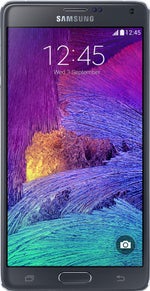









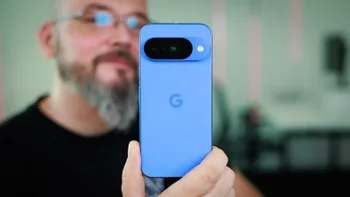
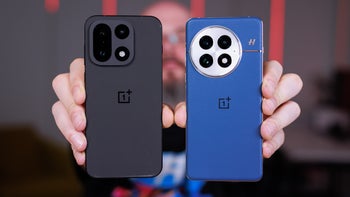


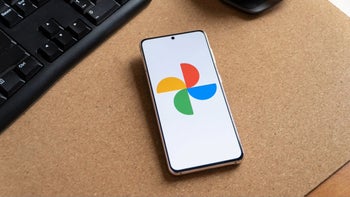
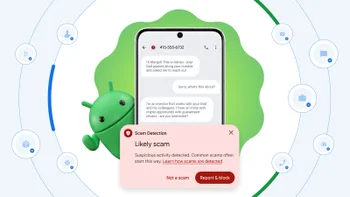
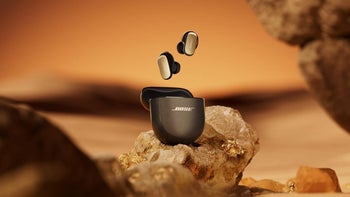
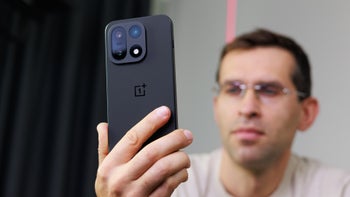
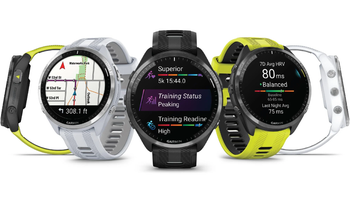
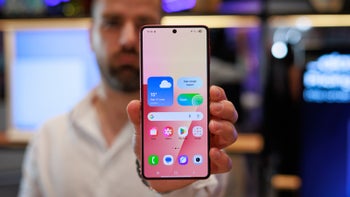

Things that are NOT allowed:
To help keep our community safe and free from spam, we apply temporary limits to newly created accounts: